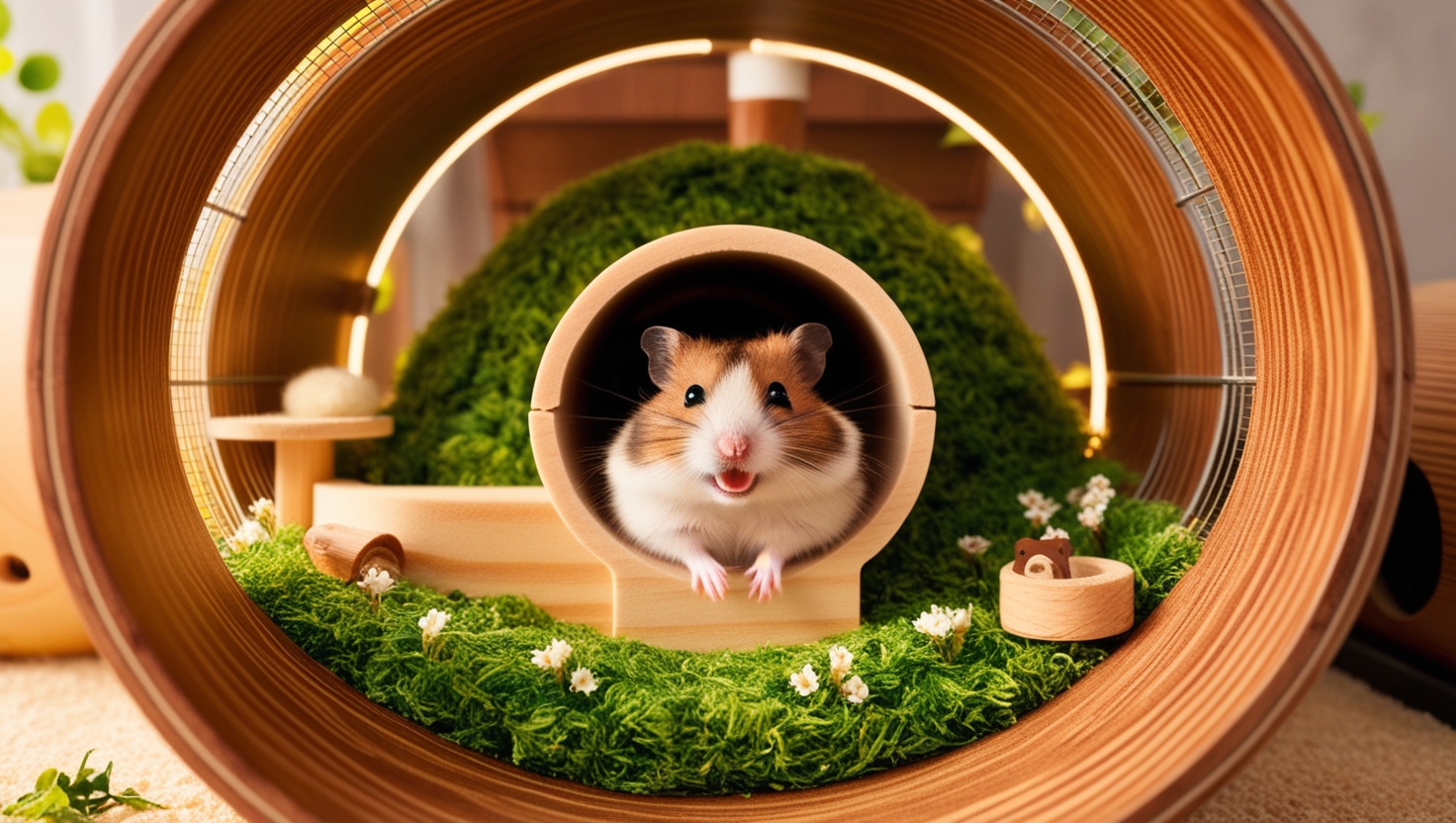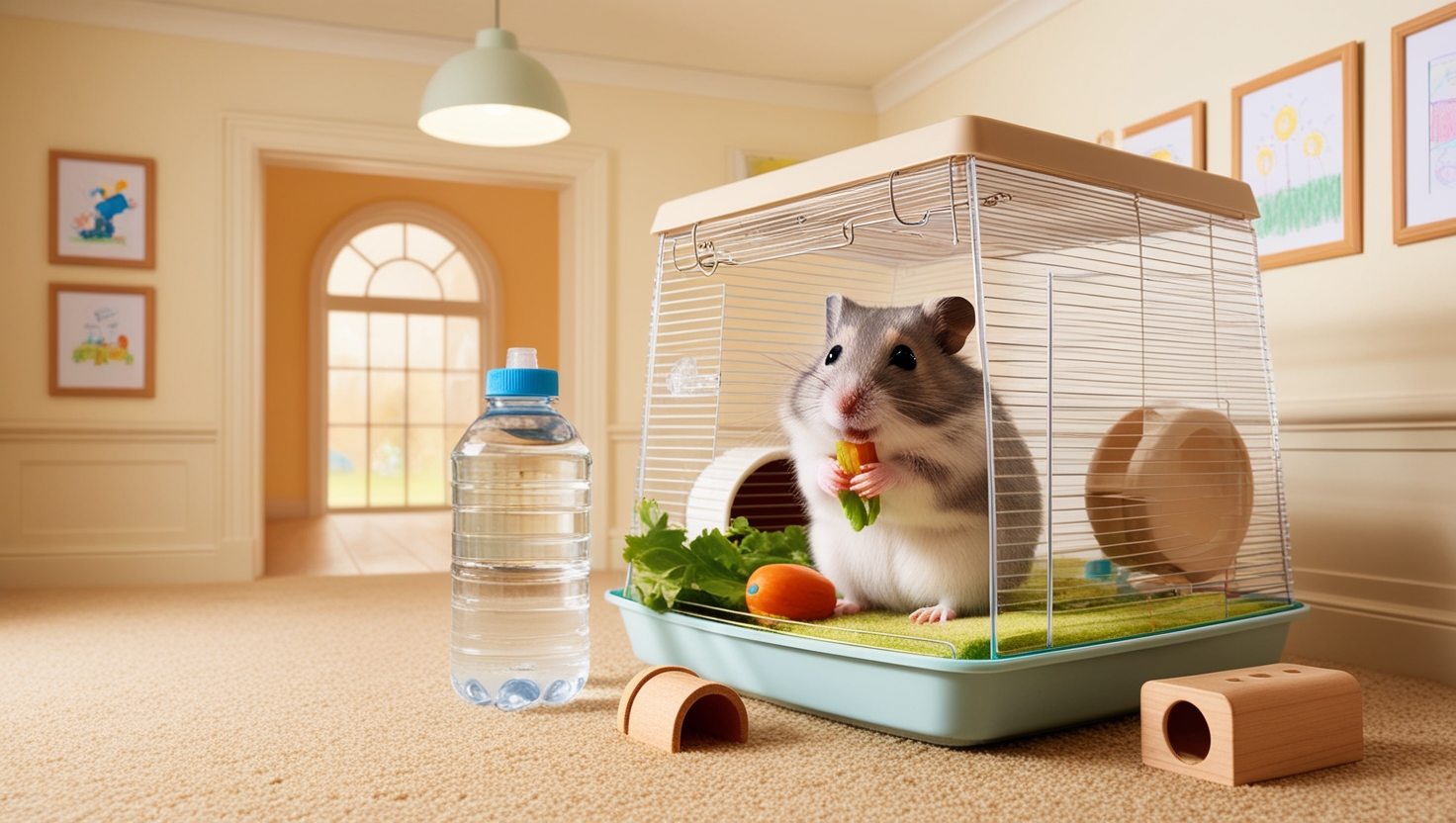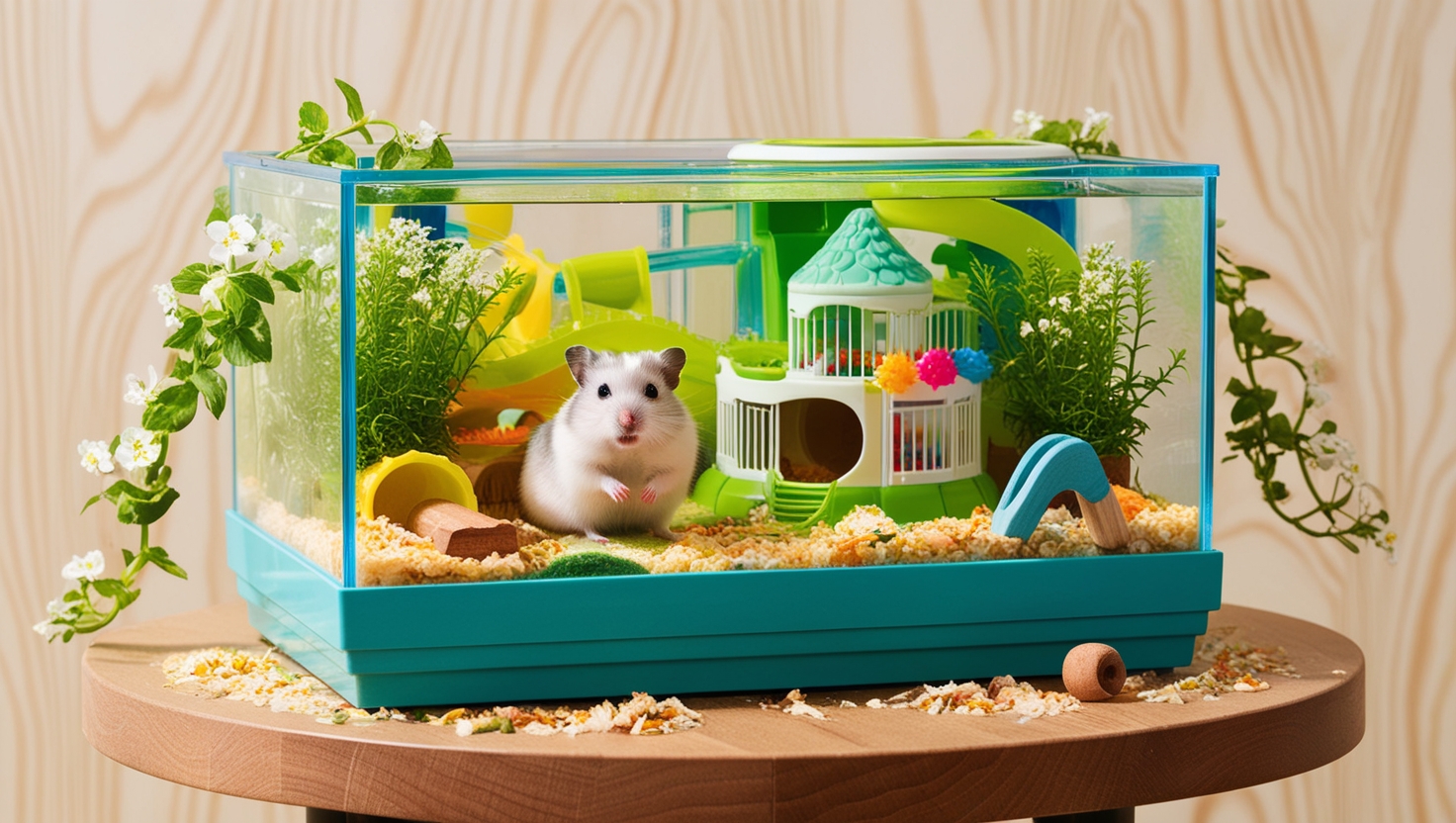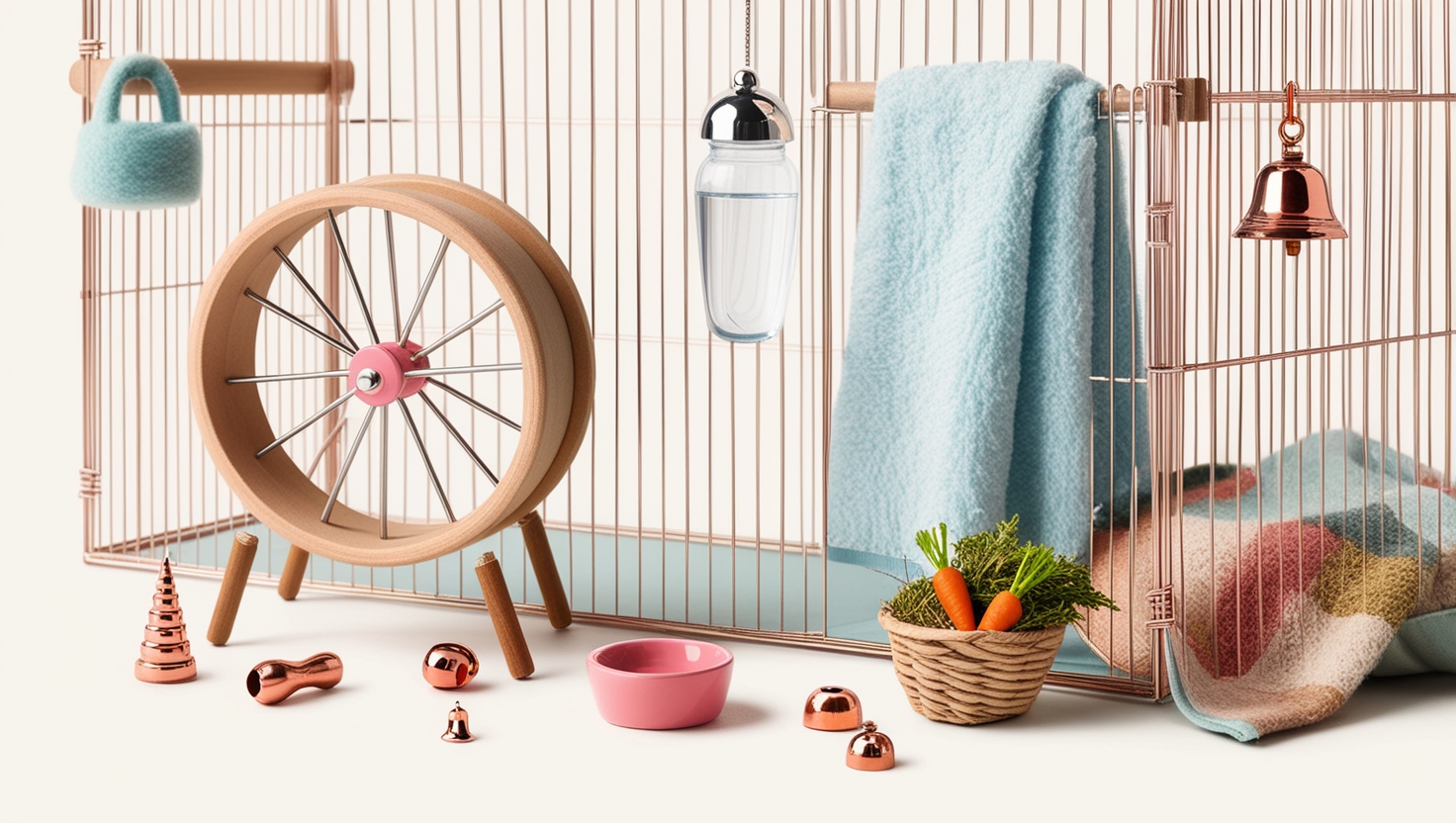So, you’re a hamster parent (or about to become one!), and you’re searching for the best way to keep your little buddy’s home spic and span. You’ve heard whispers about hamster cage vacuums, and let me tell you, as a fellow hamster enthusiast and long-time caregiver, a good vacuum can be a game-changer!
Imagine this: no more chasing stray bedding or tiny droppings around the cage. Just a quick whizz with your trusty vacuum, and voila – a clean and healthy haven for your furry friend. Sounds great, right?
But hold on! Not all vacuums are created equal, especially when it comes to our tiny, sensitive companions. Choosing the right hamster cage vacuum requires a bit of know-how. Luckily, you’ve come to the right place! In this guide, we’ll explore everything you need to know about finding the perfect vacuum for your hamster cage.
Why a Hamster Cage Vacuum?
Let’s face it – cleaning a hamster cage can be a bit tedious. Traditional methods like sweeping or scooping can leave behind dust and debris, and who has time for that every single day?
Here’s where a hamster cage vacuum comes to the rescue! These handy devices offer a faster, more efficient way to maintain a clean and hygienic environment for your hamster.
Here are just a few benefits of using a hamster cage vacuum:
- Time-Saver: Say goodbye to hours spent meticulously cleaning your hamster’s cage. A vacuum can cut down cleaning time significantly.
- Thorough Cleaning: Vacuums pick up even the tiniest particles of dust, bedding, and droppings, ensuring a more thorough clean than traditional methods.
- Improved Hygiene: A cleaner cage means a healthier hamster. Regular vacuuming helps prevent the build-up of bacteria and allergens.
- Convenience: Most hamster cage vacuums are lightweight and easy to maneuver, making cleaning a breeze.
Choosing the Right Vacuum for Your Hamster
Now that you know the benefits, let’s talk about choosing the perfect hamster cage vacuum.
1. Size and Portability:
Hamster cages come in all shapes and sizes, so choosing a vacuum that fits your cage’s dimensions is important. For smaller cages, a compact handheld vacuum is ideal. If you have a larger setup, you might consider a lightweight stick vacuum with a crevice tool for reaching tight corners.
2. Suction Power:
While you need enough suction to pick up debris, you don’t want a vacuum that’s so powerful it sucks up your hamster’s bedding or, even worse, your hamster! Look for vacuums with adjustable suction settings or those specifically designed for pet hair.
“I always recommend hamster owners opt for a vacuum with adjustable suction power,” says Dr. Susan Carter, a veterinarian specializing in small animal care. “This allows you to customize the suction based on your hamster’s bedding type and cage setup.”
3. Noise Level:
Hamsters are sensitive creatures, and loud noises can be stressful for them. When choosing a vacuum, consider the noise level. Some vacuums are designed to operate quietly, which is ideal for minimizing stress on your hamster during cleaning.
4. Filtration System:
A vacuum with a good filtration system is crucial for trapping dust, allergens, and other small particles, preventing them from being released back into the air. Look for vacuums with HEPA filters, as these are highly effective at capturing even the smallest particles.
5. Ease of Cleaning:
Let’s be honest – no one enjoys cleaning a dirty vacuum! Choose a model with an easy-to-empty dustbin and washable filters to make post-cleaning a breeze.
Tips for Using a Hamster Cage Vacuum
Once you’ve found the perfect vacuum, here are a few tips to ensure safe and effective cleaning:
- Introduce the Vacuum Gradually: Don’t just spring the vacuum on your hamster! Let them get used to the sight and sound of it gradually. Start by placing the vacuum near their cage for short periods, gradually increasing the time.
- Vacuum When Your Hamster is Awake: Hamsters are most active at dawn and dusk. It’s best to vacuum when your hamster is awake and alert, so they are less likely to be startled by the noise.
- Avoid Vacuuming Near Your Hamster: Never vacuum directly near your hamster. Always move them to a safe location, like their exercise ball or a playpen, while you clean.
- Spot-Clean Regularly: While a vacuum is a great tool for weekly or bi-weekly deep cleans, it’s still important to spot-clean your hamster’s cage daily. Remove any wet bedding, uneaten food, or droppings to maintain hygiene.
A Clean Cage, A Happy Hamster
Choosing the right hamster cage vacuum can make all the difference in maintaining a clean, healthy, and happy home for your furry friend. Remember to consider your hamster’s individual needs and preferences when selecting a vacuum.
Do you have any tips or tricks for keeping a hamster cage clean? Share your thoughts and experiences in the comments below!







